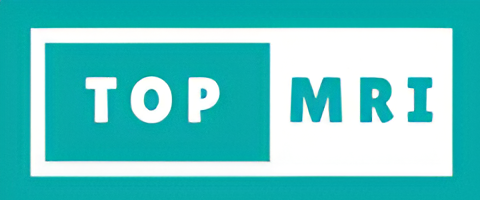
Types of MRI
Types of MRI
MRI is an imaging method that is done to create images of the inside structure of the body. It makes use of magnetic field and radio waves and is a non-invasive technique. It is done to diagnose various medical conditions and helps in various treatments. In this article, we will see the various types of MRI done.
Bone and Joint MRI –
MRI can help to generate images of the bones and the joints as well as the soft tissues. It can help to diagnose various infections, masses, ligaments, muscles, cartilage and injury in the bone. This would help the doctor to get a close view of the problem, if any.
Breast MRI –
This is relatively a new procedure and it helps to diagnose breast cancer and various abnormalities related to the breast. It is used to get additional information about the condition but it cannot act as a replacement for mammography. If Breast MRI is done using the contrast injection, it can give a clear image of the breast cancer in a person and is more effective in detecting breast cancer as compared to the other methods.
Pelvic MRI –
If, during ultrasound, any abnormality is detected in the ovaries and uterus of a women, then MRI is done as a follow up to get more details about the same. It is also helpful in detection of endometrial cancer. It is considered an effective method to diagnose prostate cancer in men.
Abdomen MRI –
This is done to get details about any specific organ such as liver, kidney, spleen, pancreas, etc. It is majorly done as a follow up, if in case any abnormality is detected in the ultrasound or the CT Scan.
Spine MRI –
This is considered to be the best method to diagnose and monitor any problem related with the spine. It is used to detect the herniated disc or spinal stenosis in patients who have pain in the arms, back, leg, or the neck. And, also helps to check for the recurrent disc herniation in patients who have already gone through the surgery of the back.

Cardiac MRI –
This is done to detect coronary artery disease and also evaluate the functioning of the heart, its valve and the blood vessels. It assesses the flow of the blood to the heart and the damage that has been caused due to the heart attack or stroke, and other heart diseases. Cardiac tumors and congenital heart defects can also be diagnosed with the help of Cardiac MRI.
MR Angiography –
This is done to check the blood vessels in the brain and the neck. It evaluates the areas that are narrowing, dilating, or aneurysms or other vascular malformations. MRA of the arms and the legs is done to check if there is any problem with the blood vessels that lead to the decrease in the flow of blood. In the abdomen, it helps to evaluate the arteries that supply the blood to the kidneys.
Brain MRI –
This is done on patients who experience headaches, weakness, blurry vision, seizures, etc. It helps to get a detailed image of the brain anatomy. If the things are not clear in CT Scan, it can be done to get the detailed information about any such abnormality.
Conclusion
MRI for every body parts differs according to the condition. We have seen above which type of MRI is preferred for which part of the body.
Source –
https://www.lifespan.org/centers-services/mri/types-exams